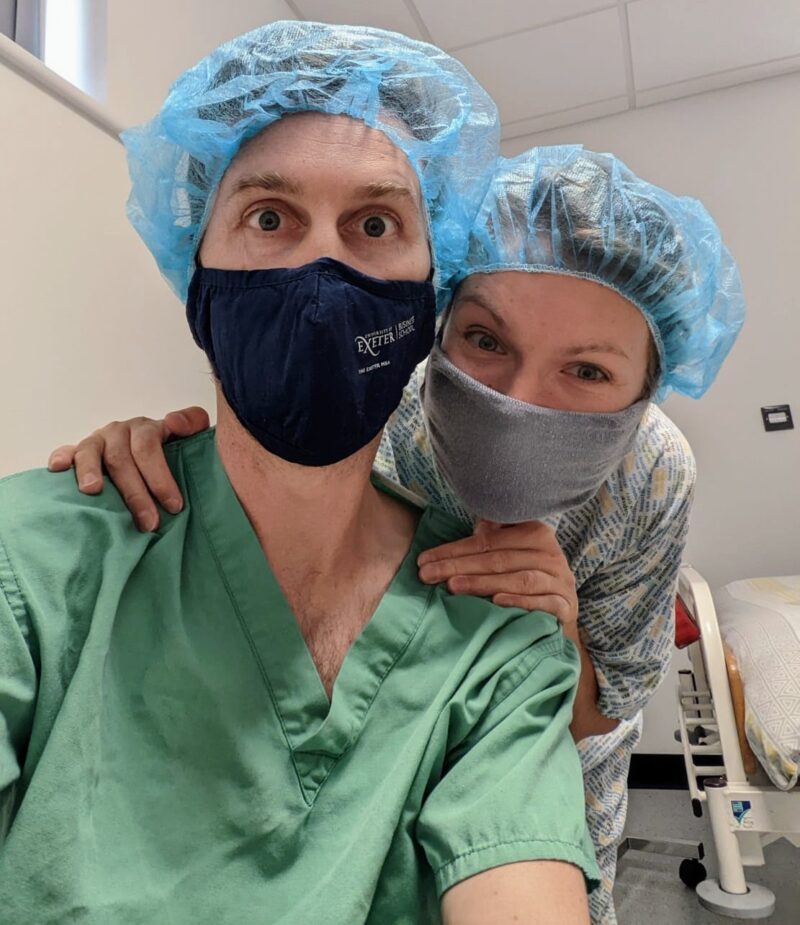When I announced our pregnancy on social media in January, I said that I’d share our fertility story in another post. Turns out the events of the last three years don’t easily fit into an Instagram square! So I’ve written a blog instead, which is entirely out of keeping with the rest of this animal welfare-focused site. But who knows, maybe you’ll also be interested in the welfare of my uterus. Or you can just skip over this one…
2020 aka Why did I not realise that the pill would fuck up my body?
I came off the contraceptive pill in December 2019 when I was 35 years old, having been taking Cilest for 20 years without a break. Somewhat naively, I thought my body would just bounce back to normal instantaneously, because what are two decades of hormone disruption? Obviously this wasn’t the case and when my periods hadn’t returned four months later, I was prescribed Provera by my GP to kickstart them back up. Which worked fine, but actually conceiving? Not so much. And it turns out “not *not* trying” isn’t really a thing: timing is kind of important!
Now I absolutely blame myself for not considering the impact that 20 years on the pill would have on my fertility, but it also makes me kind of angry that there’s so little information and advice provided about the long-term effects of the contraceptive pill. I saw a doctor or nurse every six months to check my blood pressure and prescribe a new cycle of pills, and not once did any medical professional suggest that there might be consequences to disrupting my hormones for so long. Not even when I mentioned that I would be stopping taking it to try to conceive in the next year or so. Don’t get me wrong, the pill is a fabulous thing (obviously women would be in a far worse place without it) but there should be so much more public information – and research – on responsible use of it and long-term effects on the female body.
2021 aka If men had HSGs, pain relief would be mandatory
By the end of 2020, we’d been trying to conceive for nearly a year and had moved to beautiful Devon, a child-rearing idyll… now we just needed the child! Thankfully we got an NHS telephone consultation in December and arranged to have various tests: Pete had his swimmers checked (twice, after the first batch was ‘corrupted’ in transit) and I gave blood four or five times over a fortnight to check my progesterone levels. Then I had a beautiful procedure called an HSG (Hysterosalpingogram) to make sure that my uterus and tubes weren’t blocked. During this ‘minor investigation’, you lie back while your cervix is forced open by a slowly inflating balloon, so your womb can be flooded with liquid. At no point are you offered anaesthetic before or during the procedure; you’re just told that it might be ‘uncomfortable’. A smear test is uncomfortable. Having your cervix forced open from the outside-in is agony. I mean, it’s basically backwards childbirth? The trauma of that HSG is a huge part of why I’ve insisted on a planned section for my birth, and it’s infuriating that women are expected just to endure it without pain relief.

Anyway, this wasn’t the end of it, because – having been told that I didn’t seem to be ovulating – we then had zero follow up. I called the hospital every week to find out what the next steps were, and each time the receptionist took a message and promised that a consultant would call back. Nobody ever did. The tests finished in February, and by June we still hadn’t been able to speak to a professional. Ironically, when you do speak with medical staff as a 37-year-old ‘geriatric’ woman trying to conceive, you’re made to feel like every second counts… So we wrote and complained, at which point a wonderful nurse intercepted our letter and referred us to the local private clinic (thankfully still on the NHS). Finally, in July, I started a series of hCG trigger shots, six months after my initial tests. Every month, around the time I should’ve been ovulating, I would go into the hospital every three days and have my ovaries scanned (internally – another very undignified but thankfully painless examination) to check if I had a dominant follicle. Once one was identified, I would wait a day or so and then inject myself with a fuck-off huge needle of hCG to trigger the follicle to release the egg. Then we’d have 24 hours to have very unromantic sex and wait to see if my period arrived the next week. Sadly, it did – for the next five months. So by December, two years after we started all this, we were ready to suck it up and start IVF. A milestone!
Early 2022 aka Dogs barking Happy Birthday isn’t always good luck
Where we live, IVF is done at the private clinic even if you’re on your first NHS-funded round. Which meant that once we’d made the decision, watched all the educational videos and filled out the extensive paperwork, things moved refreshingly quickly. We started 2022 doing everything right: neither Pete nor I drank alcohol for five months (Pete had a celebratory pint of Guinness post-sperm donation), we ate healthily, exercised etc, etc. And thankfully I had a pretty easy time of it with the drugs. A lot of people find the down-regulation stage, where you inject Buserelin (or an equivalent drug) to stop your natural hormone cycle, really rough. But I suppose because I’ve never had a natural hormone cycle, it had very little impact on me! The next part, where you have to mix up estrogen yourself and do a bigger injection, was harder but shorter, and more inconvenient than anything else. It was the progesterone pessaries I hated – messy, annoying and bloat-inducing, these were the bane of my life by the time we were finished (at that point I was inserting two tablets, three times a day, and it was hellish).
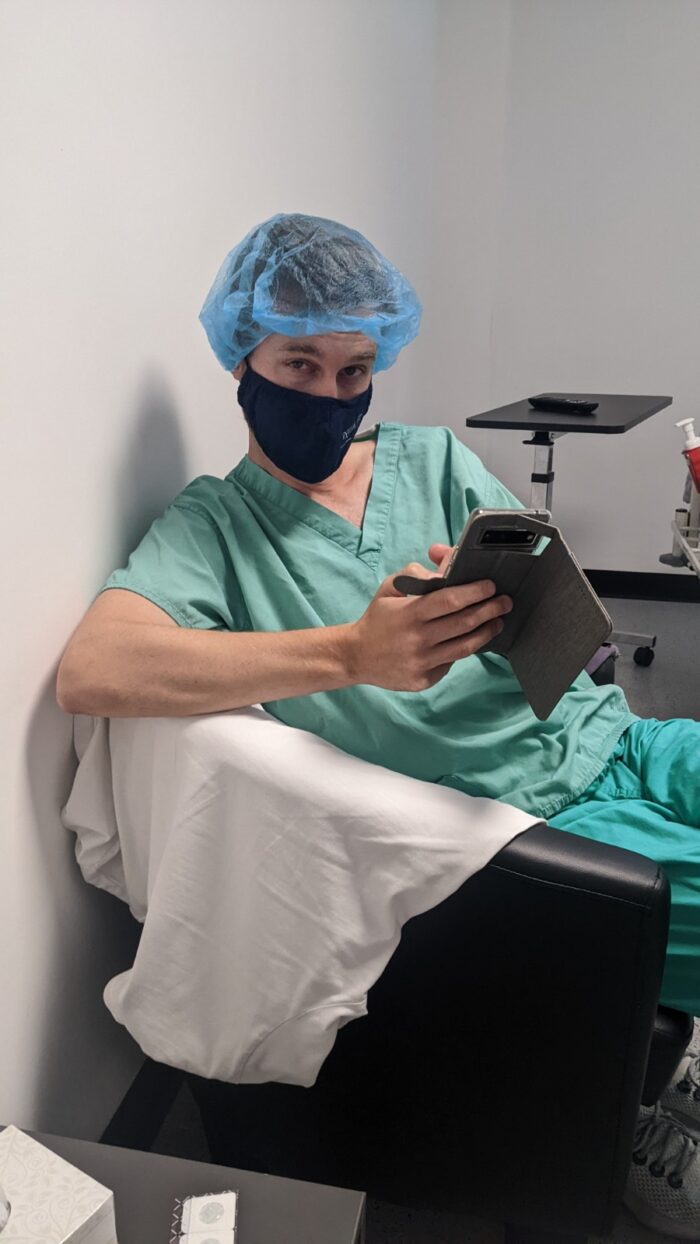
Our egg collection day was in early May, and it all went pretty well: Pete didn’t miss the cup and I had a bizarre conversation with the gynecologist about his time artificially inseminating llamas before the sedative kicked in… and they managed to get more than 10 decent-sized eggs. We did ICSI, which means Pete’s swimmers were filtered and the most viable ones injected directly into the best eggs. Isn’t science amazing? Over the next few days, we received regular updates on growth of the fertilised zygotes and by Day 5 we had two viable baby embryos, one Grade AA, one BB. We froze BB and, on 11 May (my birthday!), we transferred the AA embryo back into my uterus. This is a surprisingly quick and painless (although again, horrifically undignified) procedure, and our consultant played dogs barking to the tune of ‘Happy Birthday’ throughout…
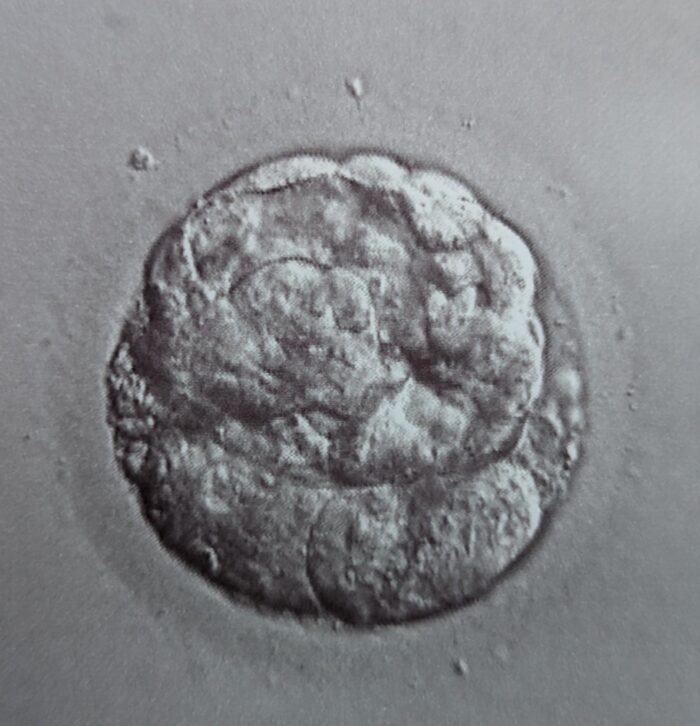
Sadly though, the stars were not aligned for our ambitious little A-grade embryo. It didn’t stick and, four days before the end of the dreaded Two Week Wait, my period arrived. Obviously it was horribly disappointing but we had Pete’s 40th birthday in June to look forward to and a frozen embryo in the bank for round 2. Onwards and upwards.
Late 2022 aka Getting rosé-drunk in Mykonos is the best prep for IVF
It’s fair to say that we approached our second round of IVF in August in a somewhat more blasé state of mind. We went to Mykonos the week before the embryo transfer, where I washed down estrogen pills with copious amounts of rosé (apparently not actually a very safe thing to do) and we partied like it was our last child-free boozy holiday. Positive mental attitude. Anyway, it must have worked because by Day 13 of the Two Week Wait, my period hadn’t made an appearance. After a false (and devastating) negative test that evening, I tested again at 3am and got that miracle positive! The feeling of seeing those two lines after so many negative tests is indescribable. And it kept being so, as I tested pretty much every day for the next 10 days!
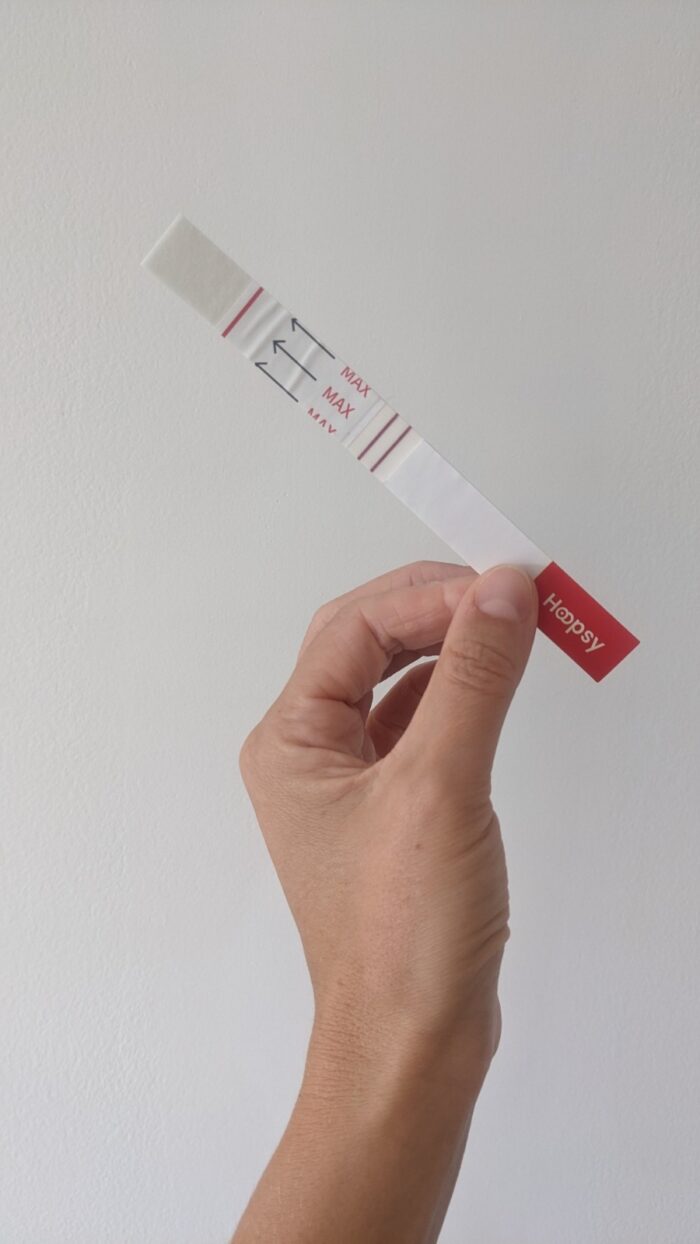
Of course, with IVF, a positive test is just the beginning. I had to keep taking the dreaded progesterone pessaries for three months and I had complications because of Cervical Ectropion, meaning I kept randomly bleeding during the first 10 weeks, so rushed us in for a lot of private scans. The CE meant I wasn’t able to keep running too, which was tough on my mental health.
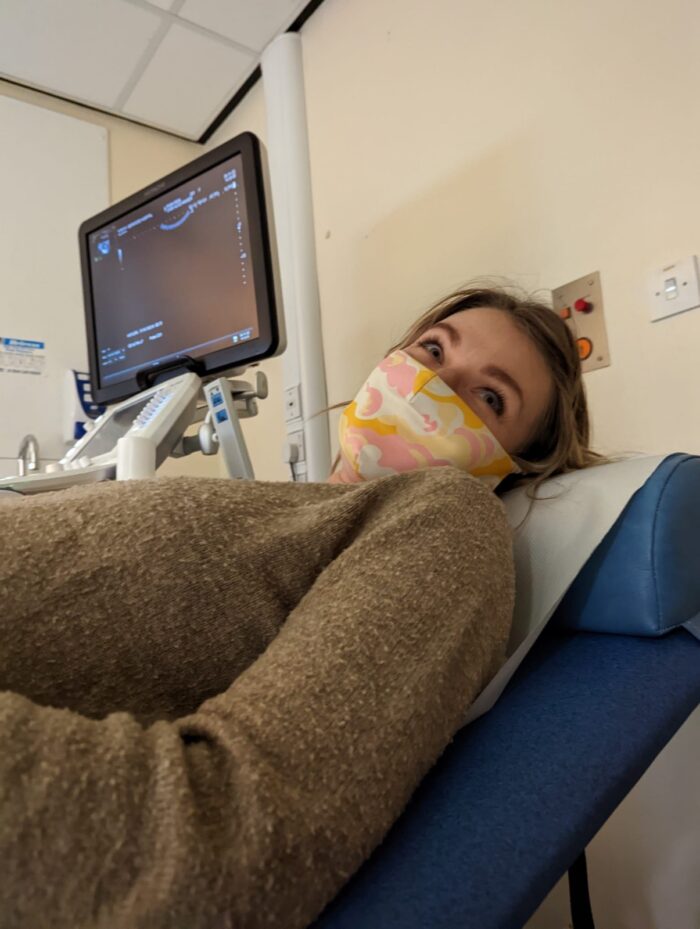
Still, seeing that first heartbeat at seven weeks made it all 100% worth it. As somebody who wasn’t even sure they wanted children five years ago, the emotions I’ve felt seeing – and hearing – our tiny girl over the last seven months have been a bit of a revelation. I think I probably have the struggles of the last few years to thank for that: there’s nothing like being told you might not be able to have something to show you how much you really want it!
Now I’m a month into my third trimester and, despite the mental stress and physical pain of the last three years, I’m aware that compared to many couples we’re bloody lucky. A round and a half of IVF is nothing really. Still, I hope that sharing this normalises fertility issues a bit more, as well as shedding a light on some of the shit that women still have to put up with! If anybody else is struggling with similar issues, please do drop me a message on social media or email me; I’m always happy to chat.


